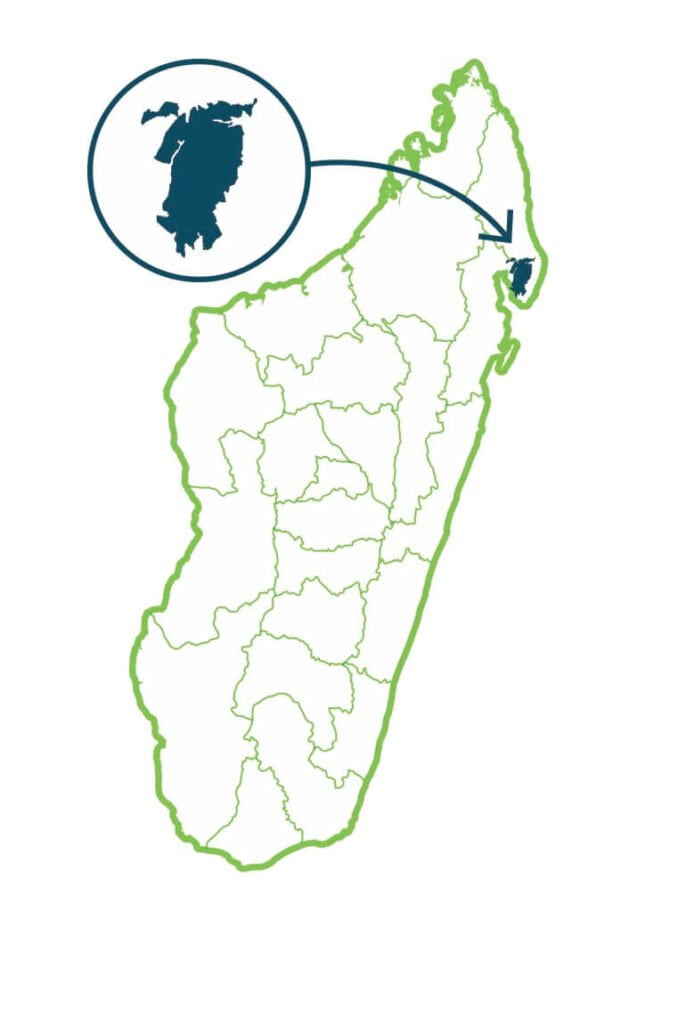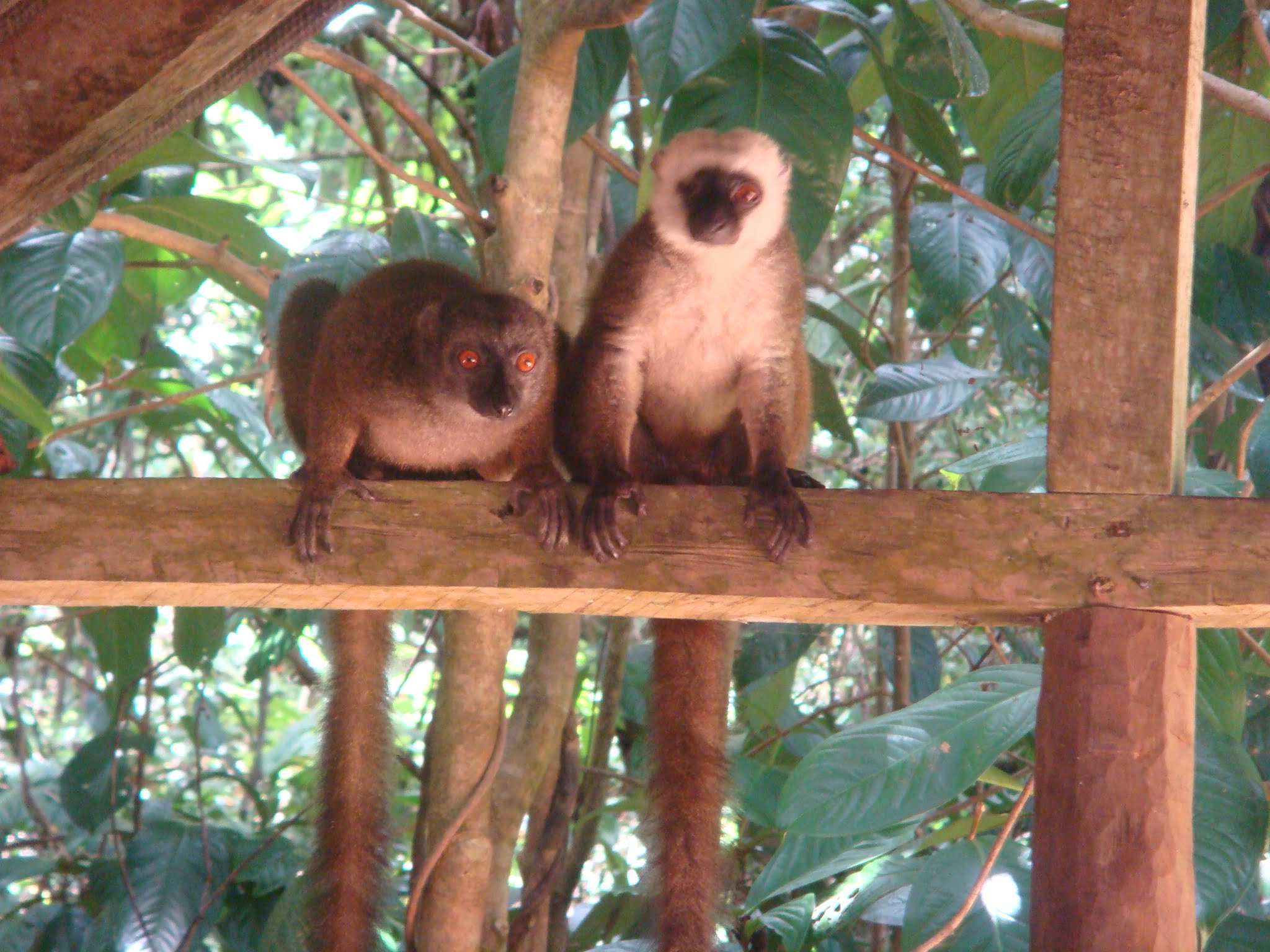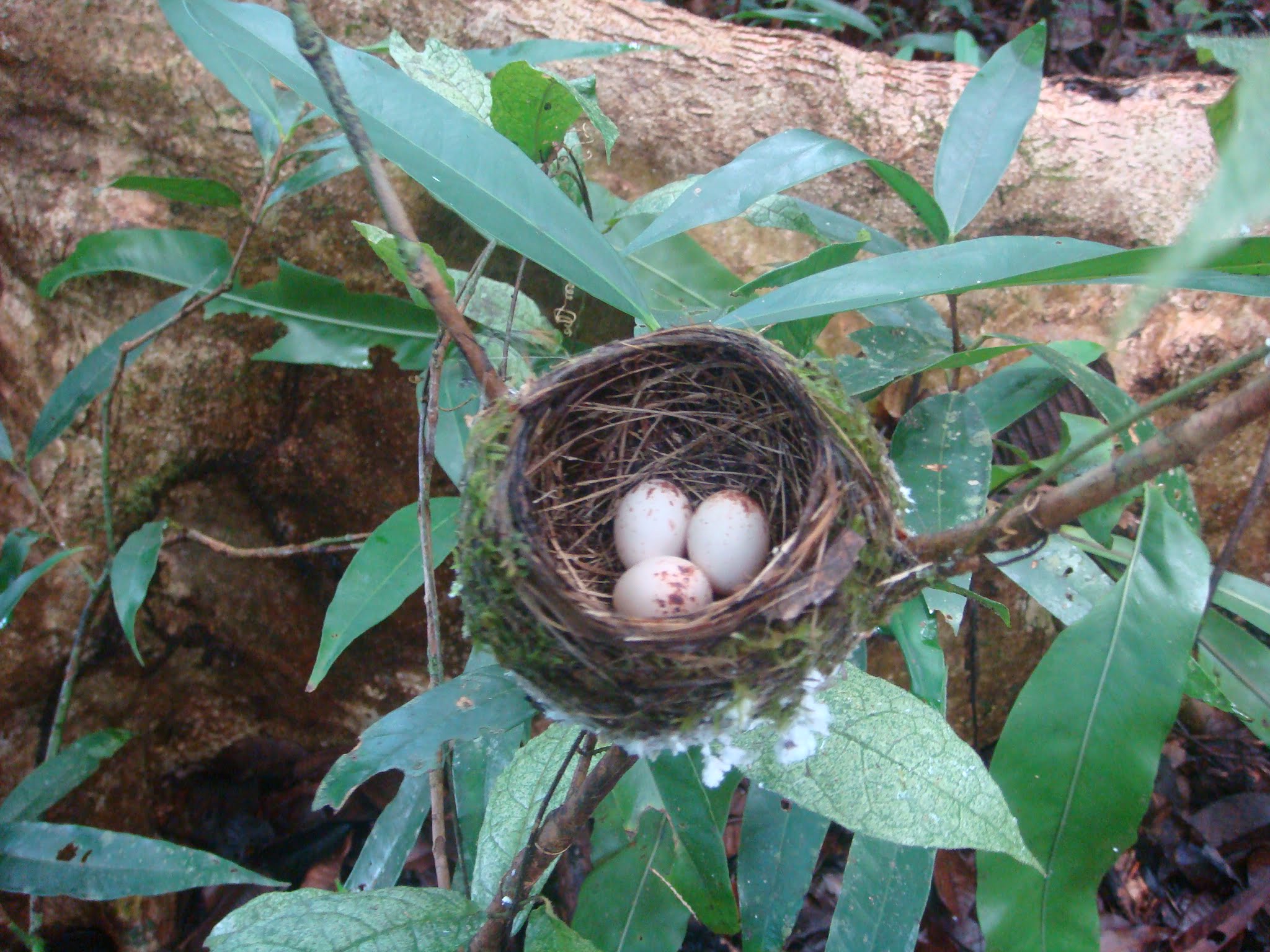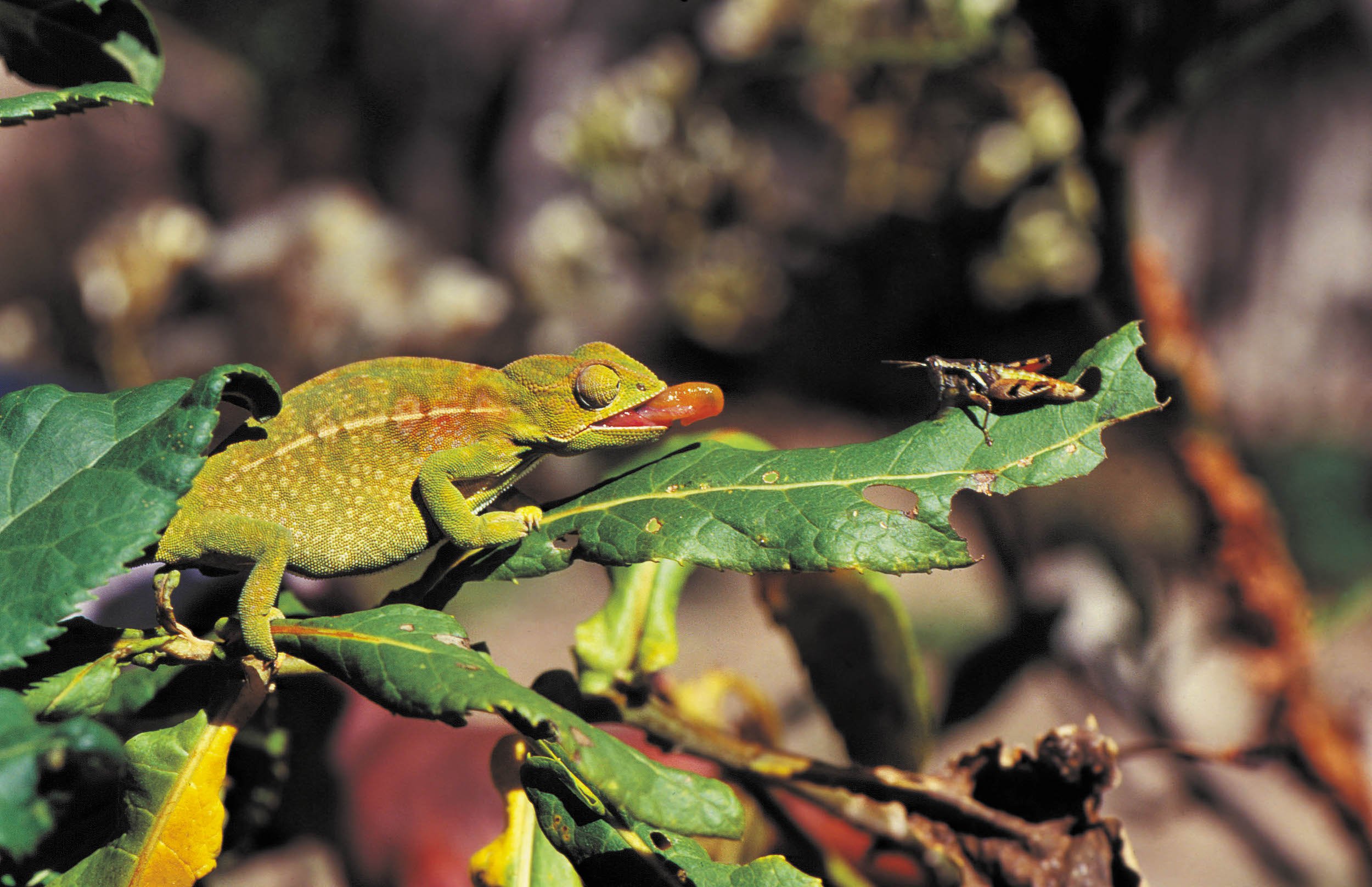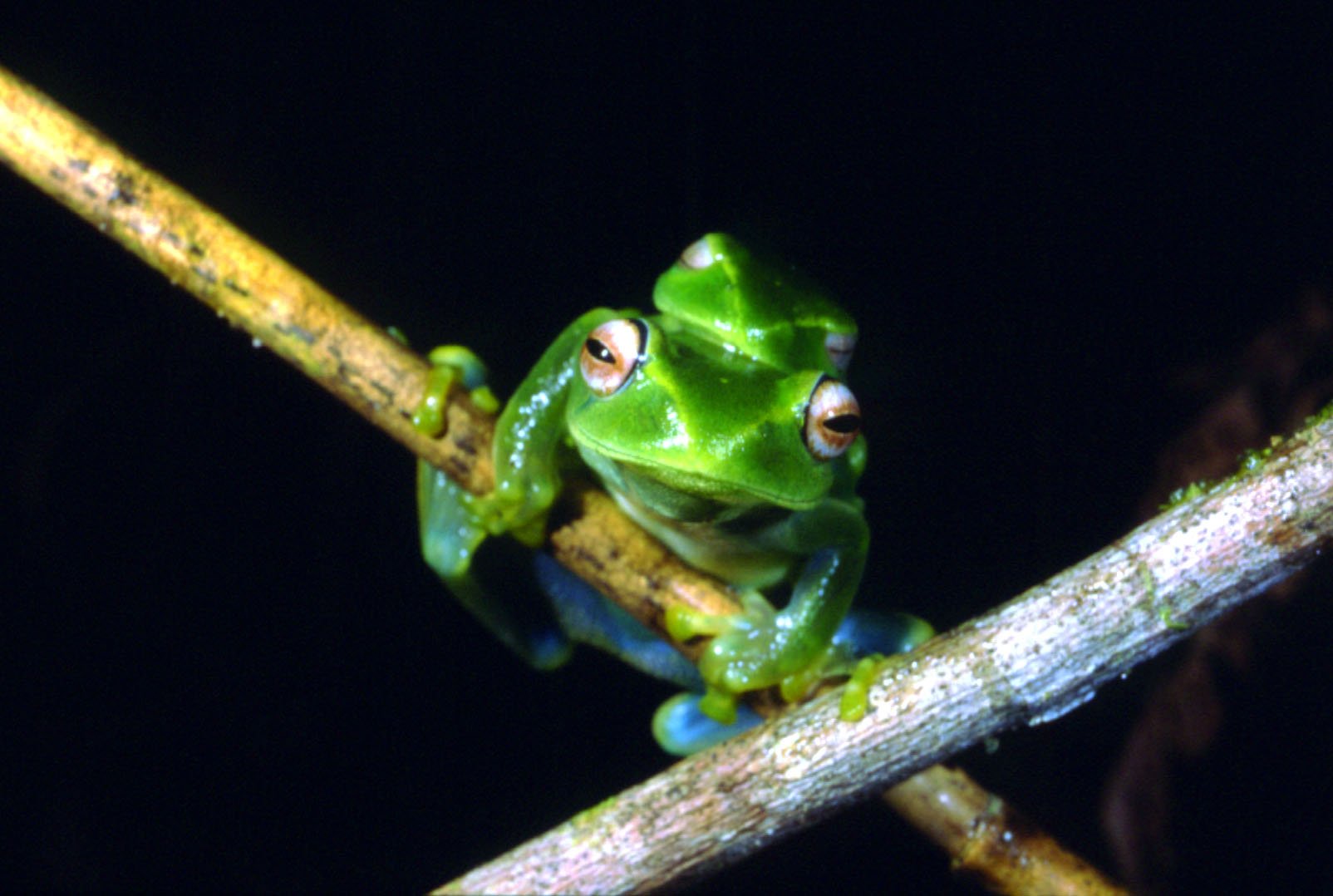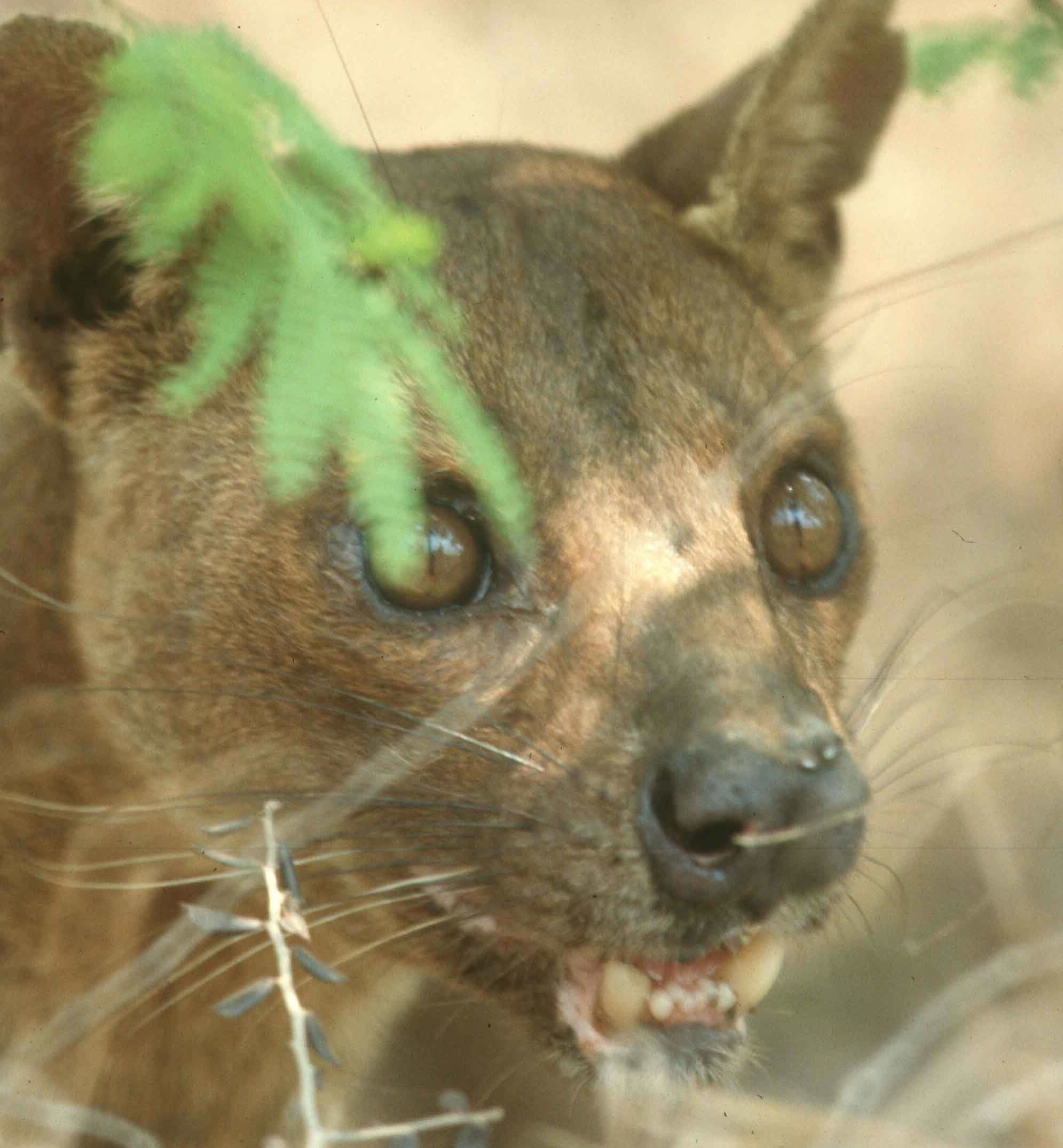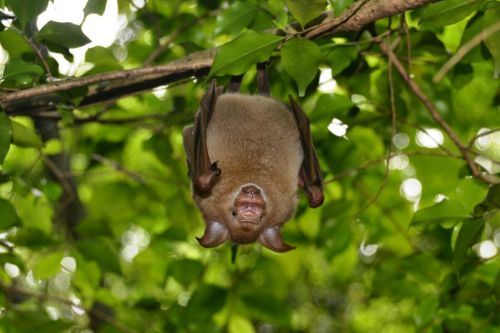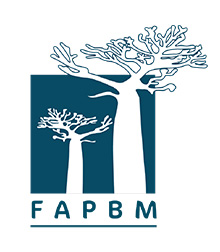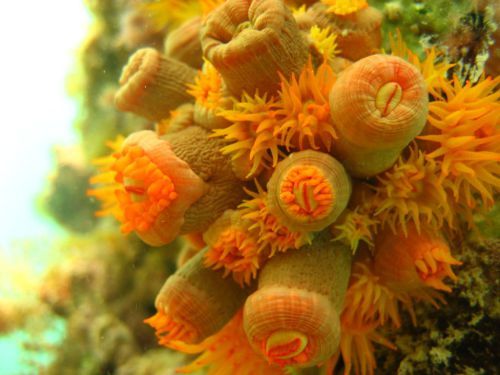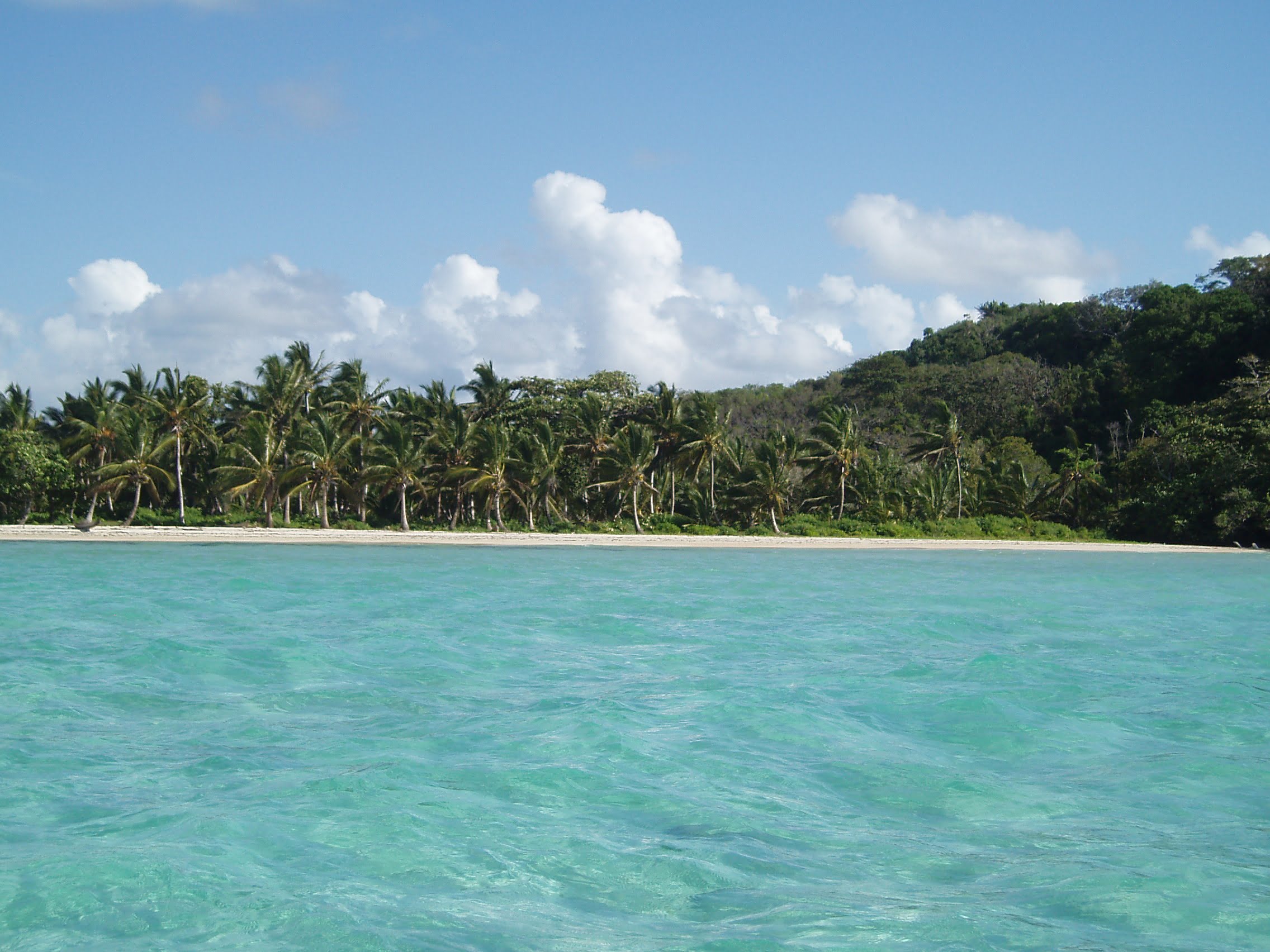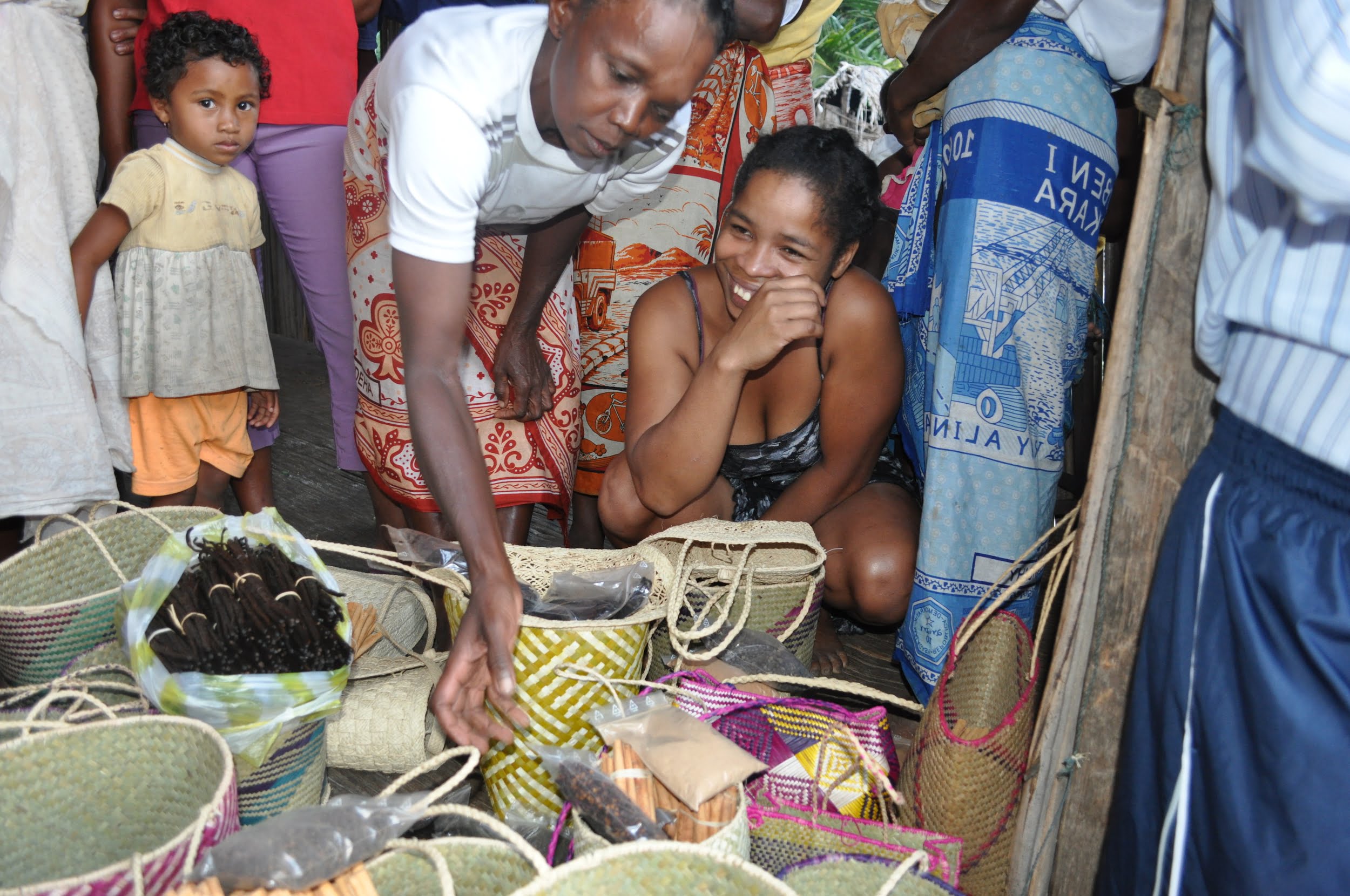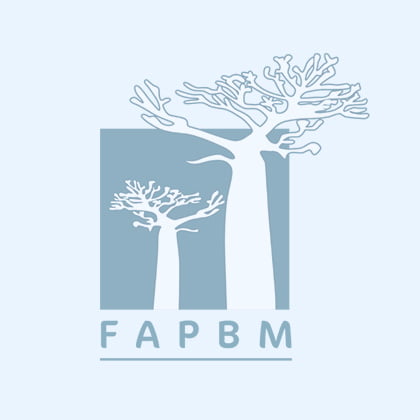Flagship Species
Masoala National Park is part of the serial world heritage site of the Atsinanana Rainforests. It is made up of 227,000ha terrestrial park, 3 detached plots of 2,980ha and 3 marine plots of 10,000ha. The vegetation is representative of dense lowland moist evergreen forests that maintain the genetic stock of several species of flora and fauna endemic to the eastern ecoregion. It is in this peninsula that we still find one of the largest groups of lowland evergreen forest under 600m that remain in Madagascar.
In the marine areas, we can find the most developed coral reefs, mangroves and phanerogams of the eastern region of Madagascar.
